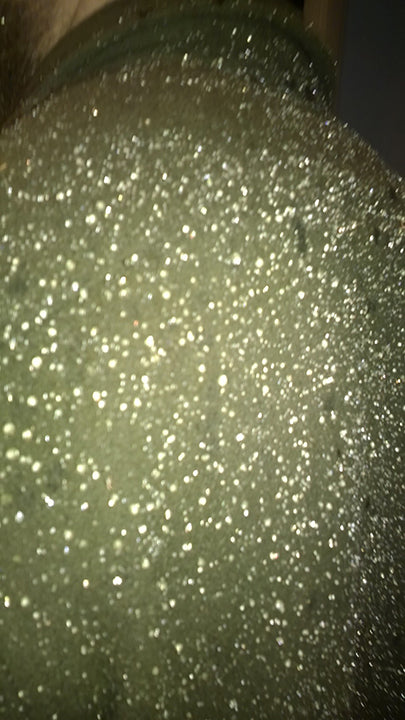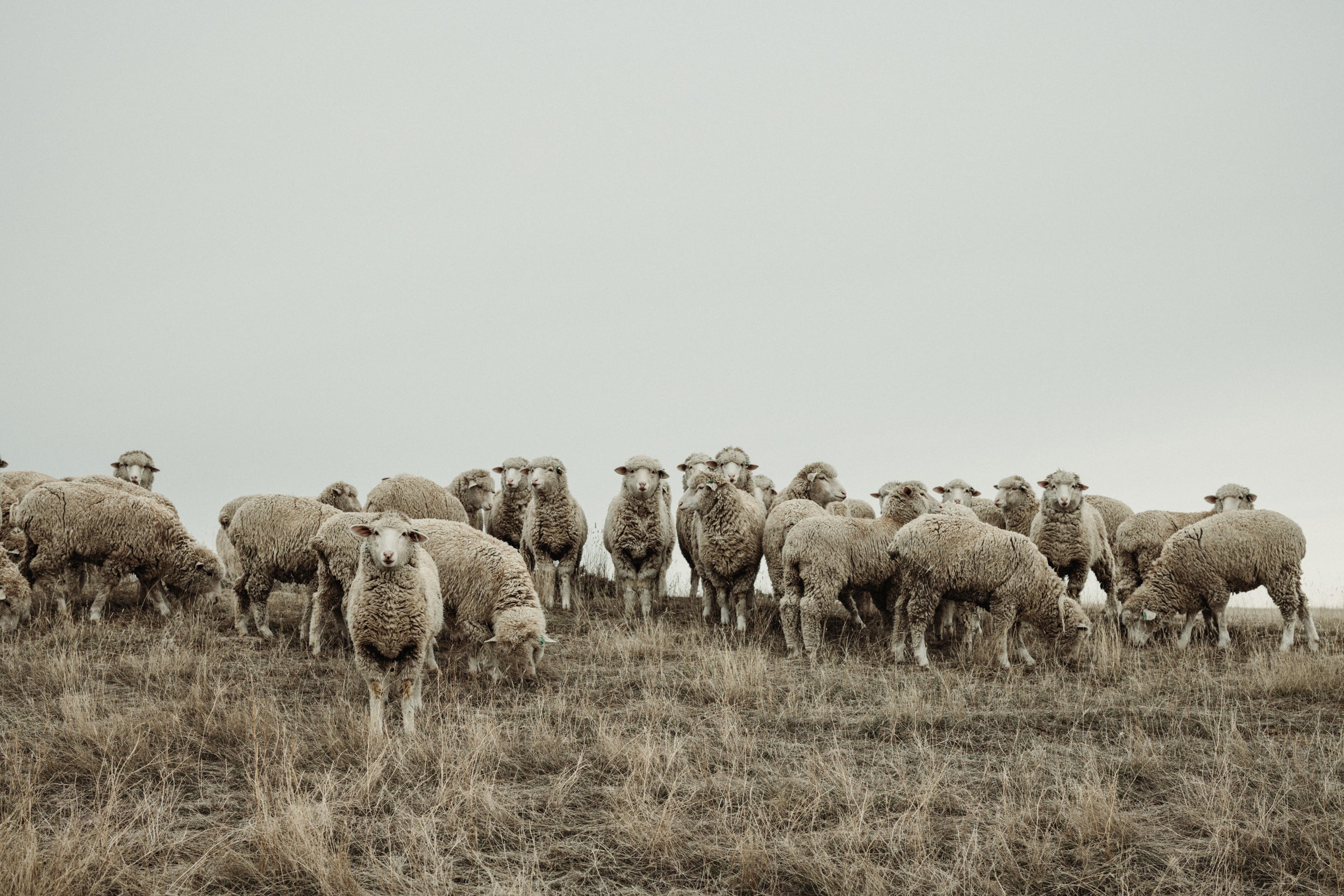Pennsylvania Rain
WeatherWool in the Rain
Rain beads up on a MidWeight ShirtJac, November 2014 Rain beads up on a MidWeight ShirtJac, November 2014
Rain beads up on a MidWeight ShirtJac, November 2014
Written 7 December 2014; edited 16 August 2017
We named our company WeatherWool because we want each of our garments to deal with a wide variety of weather conditions.
Everyone expects wool to protect from the cold. And most people also expect wool to excel in the damp cold. I remember a few years ago doing a show in Mississippi in February. I'd not been to MS before, and being from New Jersey I figured February in a Gulf State would be shirt-sleeve weather for me. Well ... a storm came up that dumped a few inches of wet snow on MS and paralyzed about 15 states. But the surprise for me was how bone-chilling it was in Mississippi. The temperature barely went below freezing. But the humidity was way up there, and it was windy and I've been in much colder temperatures that felt much warmer due to far lower humidity. And so I learned firsthand why wool is so popular in our Gulf States. WeatherWool really shines in the damp cold.
But most people do not expect wool to perform in the rain. And a lot of wool won’t. WeatherWool surely does, and that is certainly no accident.
Most wool fabric contains significant amounts of cotton. It is the industry standard to weave wool fabric with cotton. Even fabrics that say MADE WITH 100% VIRGIN WOOL will normally contain some cotton or other fibers because that label means whatever wool is used is 100% virgin, but that the fabric itself can still contain other materials, and is probably not 100% wool. Our Fabric is 100% wool and of course our wool is 100% virgin. So, we don't have any cotton to soak up water. We also don't use any liners. If you look at other woolen garments, you will find a liner at the back of the neck and shoulders and at the cuffs. Other outerwear is made of relatively coarse wool, which chafes most people, and therefore the makers must use a liner to keep their wool off the wrists and neck. But the liners are usually made of synthetics such as acetate or polypropylene that behave poorly when wet. So if you go out in serious rain other brands of wool will wick water from the cotton and synthetics. Cotton and synthetics do not do anything to enhance the performance of the garment ... they are used basically because it is cheaper to use them than to make a garment from pure, highest-quality wool. A lot cheaper. Save money, lose performance.
WeatherWool in the rain.
I've worn WeatherWool out in the rain lots of times, of course. But yesterday was a really good example of what WeatherWool can do. Alex and I had gone out to Pennsylvania to hunt deer. The rain had begun to fall in mid-afternoon the previous day, and it just kept falling, so everything was sodden before we even got started. We were not out in really HEAVY rain, but a steady rain fell the entire day, only letting up for 15 or 20 minutes, with the temperature just above freezing. Perfect conditions to get soaked and cold.
Alex and I both wore MidWeight Pants without longjohns. Both of us wore a baselayer of Woolpower under our All Around Jacket. Alex forgot his hat at home, and wore a dedicated rain hat. I wore a Big Brim Boonie. And as required by Pennsylvania law, we both wore vests of blaze orange. The vests were made of some kind of water-loving synthetic material. Not as bad as cotton vests, but still bad, and they were the only chink in our armor.
On this day, Alex chose to sit and wait and I chose to stillhunt (sneak thru the woods). Our choice of hunting methods was important, because we presented different aspects to the weather. Because I was on my feet nearly the entire day, the rain fell on my head and shoulder area and just a little on the front of my thighs and knees when I would step forward. Sitting, Alex also had rain falling directly on his forearms and on his knees and thighs.
For both of us, the synthetic vests were soaked in short order, and we began to feel some moisture first under our arms, where the vests were pressed against our bodies by our upper arms. Sounds strange, but at the end of the day we could see this pattern of moisture on our Woolpower when we took off our All Around Jackets. Alex began to feel wet around 2PM, after maybe 7 hours in the rain. Plus, he didn't see any game, and decided to call it a day. He felt some moisture on his shoulders, forearms and thighs as well. If the vests had not been sabotaging us, the double yokes of our All Around Jackets would have shed all the rain. Alex's thighs and forearms picked up some water because his forearms and thighs were perpendicular to the falling rain, and the Pants were laying flat against his skin.
I hunted until last light and then walked a mile to meet Alex. The Big Brim Boonie kept my head bone dry and warm and I never got a drop of rain on my glasses or down my neck. My legs were warm and comfortable and dry and although the Pants themselves were just a little wet, I kept them on until about midnight. I picked up a little water on my torso, under my arms and on the shoulders. It was sort of amazing to take off my All Around Jacket and see the little bit of moisture on my Woolpower matched the pattern of the vest on my back!!
Bottom line for me: Ten hours of walking in steady rain, temperature barely above freezing, protected only by wool ... No Problemo.
PS --- We’ve had a number of requests for Blaze Orange and what I call Highway-Crew Neon Green. We will research both. But wool does accept all colors of dye, and as far as I know, wool and truly color-fast Blaze Orange are not compatible.

